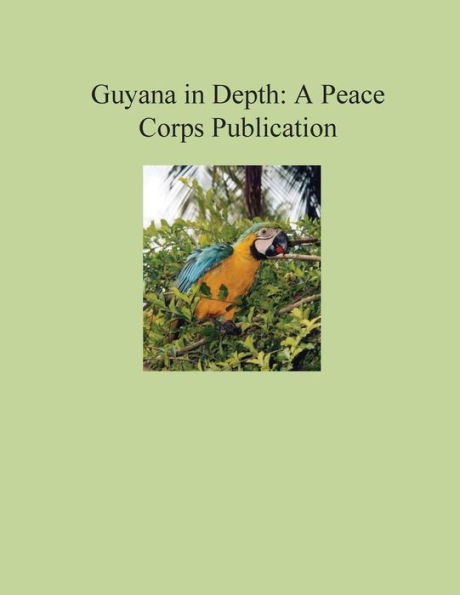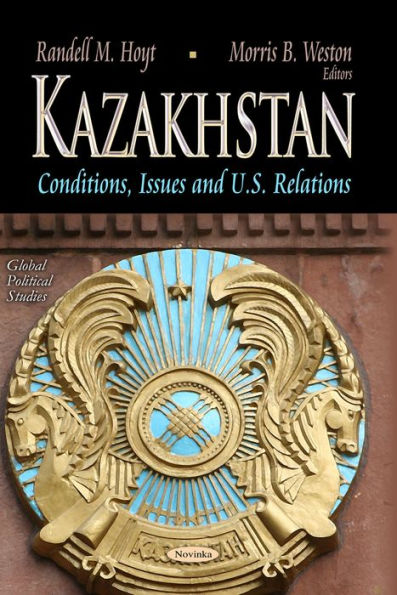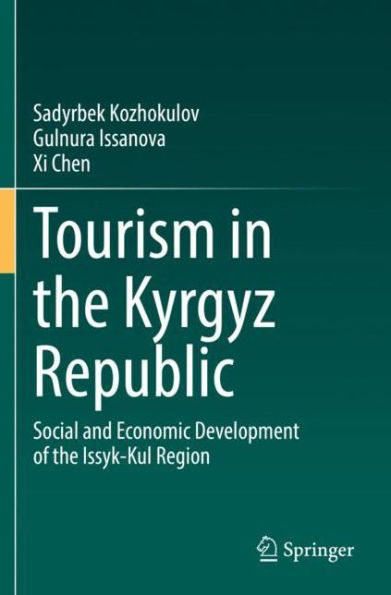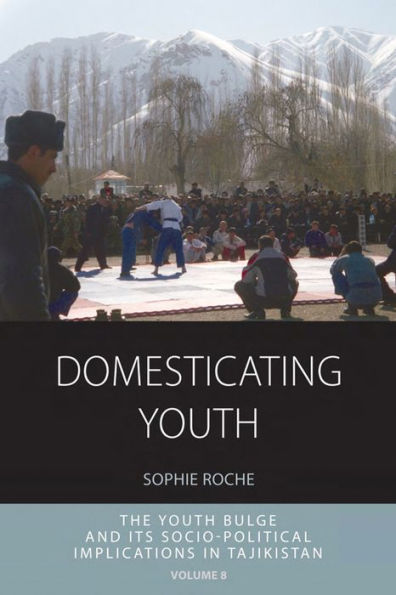Home
The Kyrgyz Republic in Depth: A Peace Corps Publication
Loading Inventory...
Barnes and Noble
The Kyrgyz Republic in Depth: A Peace Corps Publication
Current price: $12.95
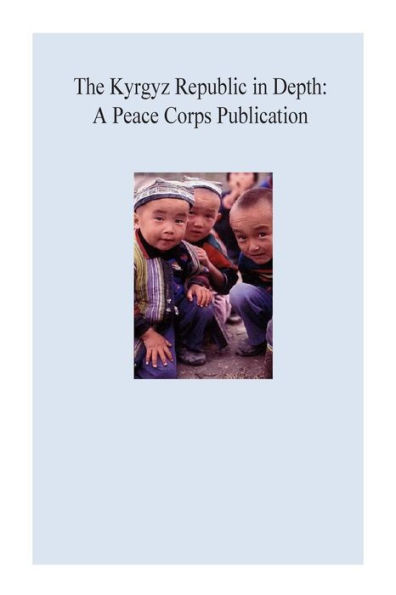

Barnes and Noble
The Kyrgyz Republic in Depth: A Peace Corps Publication
Current price: $12.95
Loading Inventory...
Size: OS
*Product Information may vary - to confirm product availability, pricing, and additional information please contact Barnes and Noble
The Kyrgyz Republic is a beautiful, mountainous country in Central Asia that is bordered by Kazakhstan, Uzbekistan, Tajikistan, and China. There is little contemporary documented history about the Kyrgyz people and their land, as the Soviets Russified the indigenous ethnic groups and cultures across the Soviet Union. The Kyrgyz people are traditional nomadic herders who have often been subjected to the influences of foreign rulers and cultures due to their strategic location on the Silk Road. The earliest known residents of the area that is now the Kyrgyz Republic were the warrior clans of Saka, also known as the Scythians. These gold-laden, nomadic horsemen traversed the land between the Black Sea and western China from about the sixth century B.C. to the fifth century A.D. From the sixth century to the 10th century, the Kyrgyz region was controlled by various Turkish groups, many of whom lived on the shores of Lake Issyk-Kul, the second highest lake in the world after Lake Titicaca in South America. These groups, particularly the Turkic Karakhanids, introduced Islam to the area between the 10th and 12th centuries. Historians believe that the ancestors of today's Kyrgyz most likely came from Siberia's upper Yenisey River basin and were driven south in the 10th century by the Mongol incursions into the region. Mongol influence continued until 1758, when the Manchus (of China's Ching dynasty) defeated the Mongol Oyrats of the Zhungarian Empire, leaving the Kyrgyz people to continue their herding lifestyle in peace. An important influence in the cultural development of the Kyrgyz region was the extensive trade route known as the Silk Road, which took 200 days to traverse in full. The Kyrgyz region, along the route's middle section, was one of the main stopovers for traders traveling from western China to the Mediterranean Sea from the second century to the 13th century, providing sources of transportation (horses and camels) and lodging for the traders. Russians and Ukrainians soon began settling there. Repressive Russian policies, particularly land appropriation, led to open revolt throughout Central Asia in 1916. The Russians retaliated and drove one-third of the Kyrgyz population into neighboring China. The Kokand khanate, based in the Fergana Valley of Uzbekistan, ruled the Kyrgyz during the 18th century. In 1865, the Russians, joining a number of allied Kyrgyz forces, defeated the Kokand khanate and gradually brought the Kyrgyz under the rule of the czar. The new rulers appropriated land for Russian settlers until the Kyrgyz revolted in 1916. Massacres ensued, resulting in the death of 120,000 Kyrgyz and prompting an additional 120,000 to flee to China. The Kyrgyz Autonomous Soviet Socialist Republic was created in 1926 and, in 1936, became a republic of the Soviet Union known as Kirghizia.
